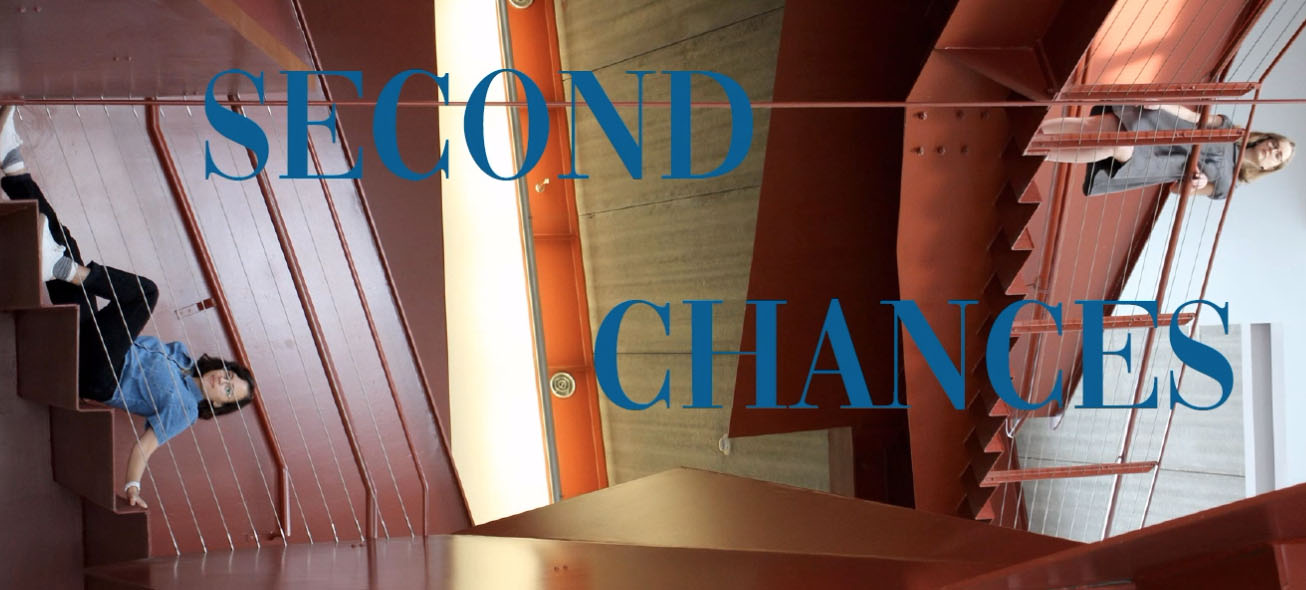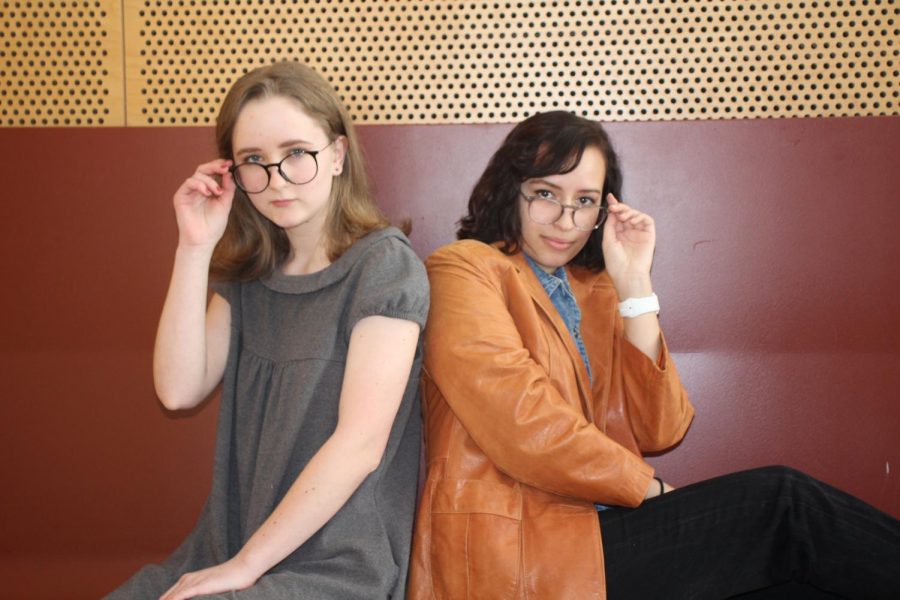Your donation will support the student journalists of Iowa City High School. For 2023, we are trying to update our video and photo studio, purchase new cameras and attend journalism conferences.
Second Chances
March 15, 2019
In recent years, the thrift and vintage clothing industry has seen a boom in purchases. According to thredUP, an online secondhand retailer, one in three women shopped secondhand in 2017. More and more people are choosing to shop secondhand every year, and with options online and in person, the industry is growing rapidly–and for a reason: buying secondhand clothing comes with a multitude of benefits.
Secondhand clothing is, by its nature, more unique and more interesting than most items one can find in the fast fashion industry. Most thrift stores sell only one of a certain item, and one-of-a-kind garments abound. It’s much easier to find something that fits one’s specific taste, and there’s a special thrill in knowing that one is one of only a few people to have an item one adores. Not to mention that buying secondhand is a bargain: generally, clothes that last long enough to be resold are good-quality, and thrifted merchandise is extremely affordable.
On a more serious note, concerns over labor ethics in the fashion industry have been rampant for decades. The globalization of the fashion industry has led to outsourcing of labor and lack of standardized workers’ rights worldwide. According to Human Rights Watch, a watchdog for labor rights in the garment industry, “[l]abor abuses in factories that produce…clothes and shoes are rife.”
Fast fashion with its cheap garments has ramifications for the people who have to produce these items, who can get paid little or suffer harsh or unethical working conditions. Making sure that one does not support unethical labor standards by buying cheap clothing can be difficult and confusing.
Adding another layer of complication, the fashion industry is a massive consumer of resources and energy. According to environmental group PlanetAid, it takes 2,700 liters of water to make just one cotton shirt, and this consumption is set to triple by 2050. The fashion industry produces 20 percent of global waste water, according to the United Nations. The New York Post wrote in 2017 that the fashion industry creates over one billion tons of greenhouse gases every year. Moreover, waste in the fashion industry is a massive and rapidly growing trend.
Buying vintage and thrift can neutralize many of these concerns. Since someone else has already owned an item, no new resources have been consumed for one to own it. Any labor needed to produce the garment is equally moot, and instead of supporting corporations with one’s money, one supports individuals and secondhand retailers.
However, some secondhand purchases are more beneficial than others. Buying online can create transportation costs and consumption rates that mirror those of the fast-fashion industry. Buying from small, local secondhand retailers can be hugely beneficial on multiple levels, reducing the amount one buys (creating discretion that will allow one to curate a smaller, more efficient wardrobe with less wasted or unworn clothing), eliminating the long-distance transportation costs that create more wasted resources and greenhouse gas emissions, and supporting small businesses in the area. Iowa City, especially, has many wonderful, small stores, like White Rabbit, Revival, Second Act, Artefacts, and more, that sell local vintage and thrift clothing. Giving clothes a second chance is an option that shouldn’t be ignored.

